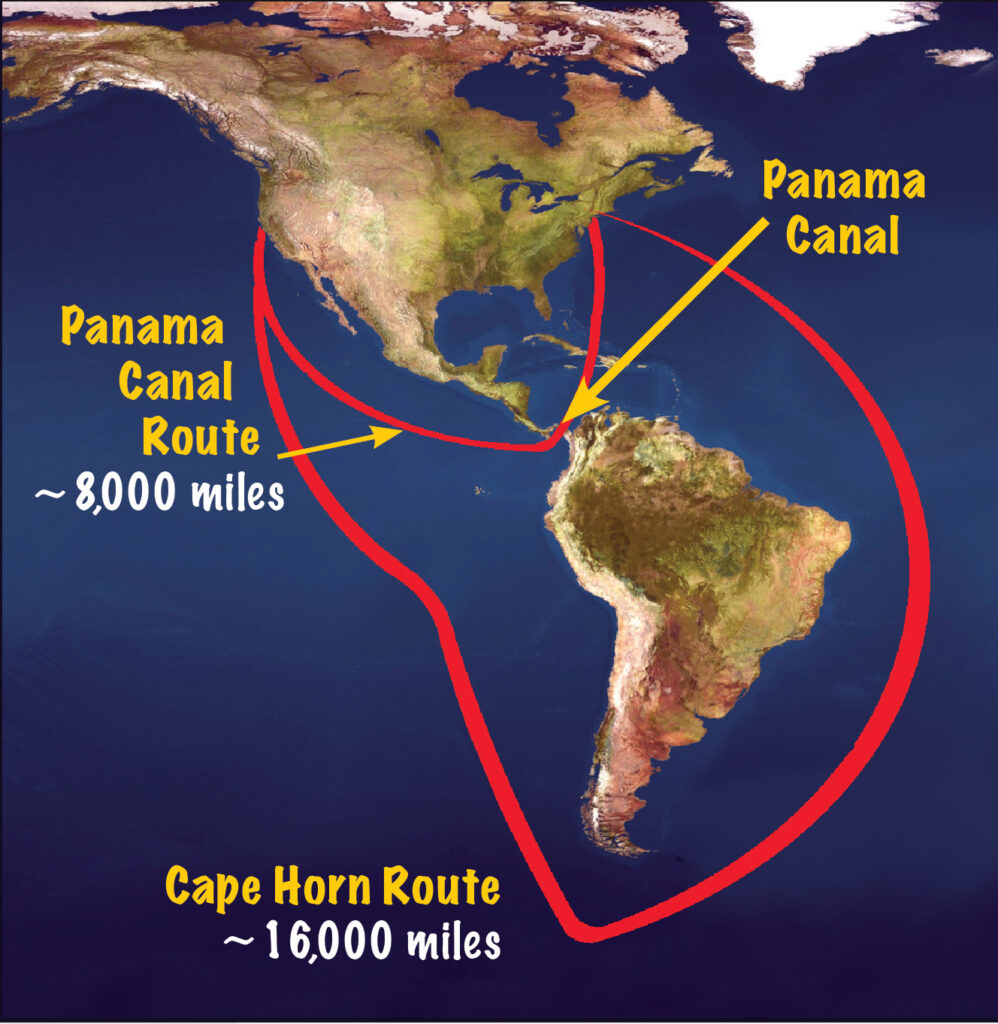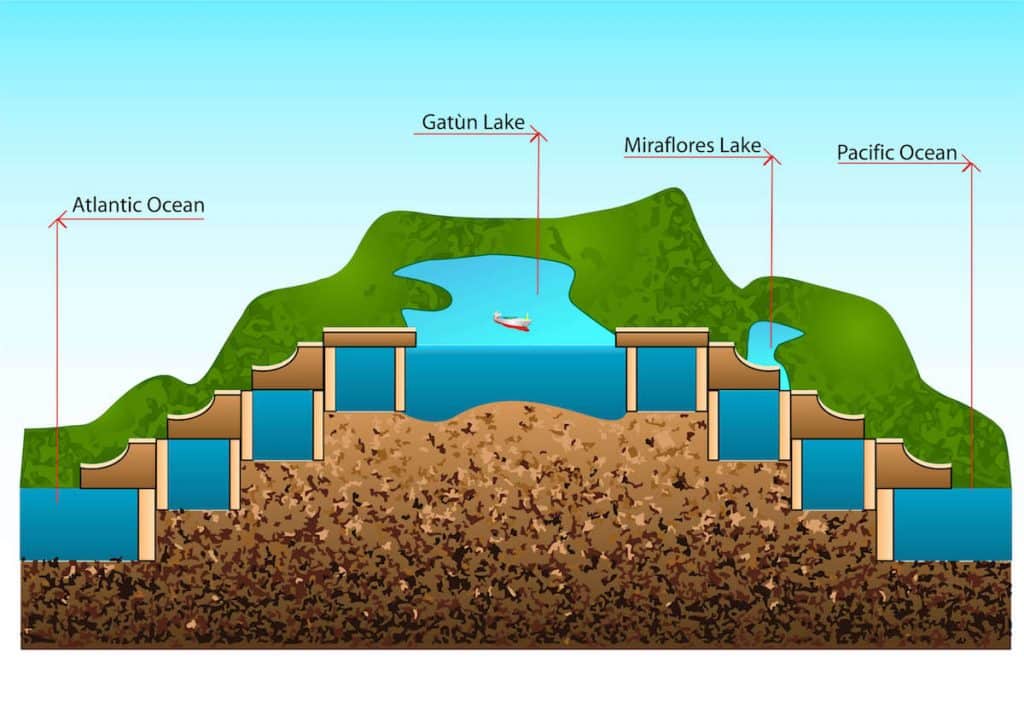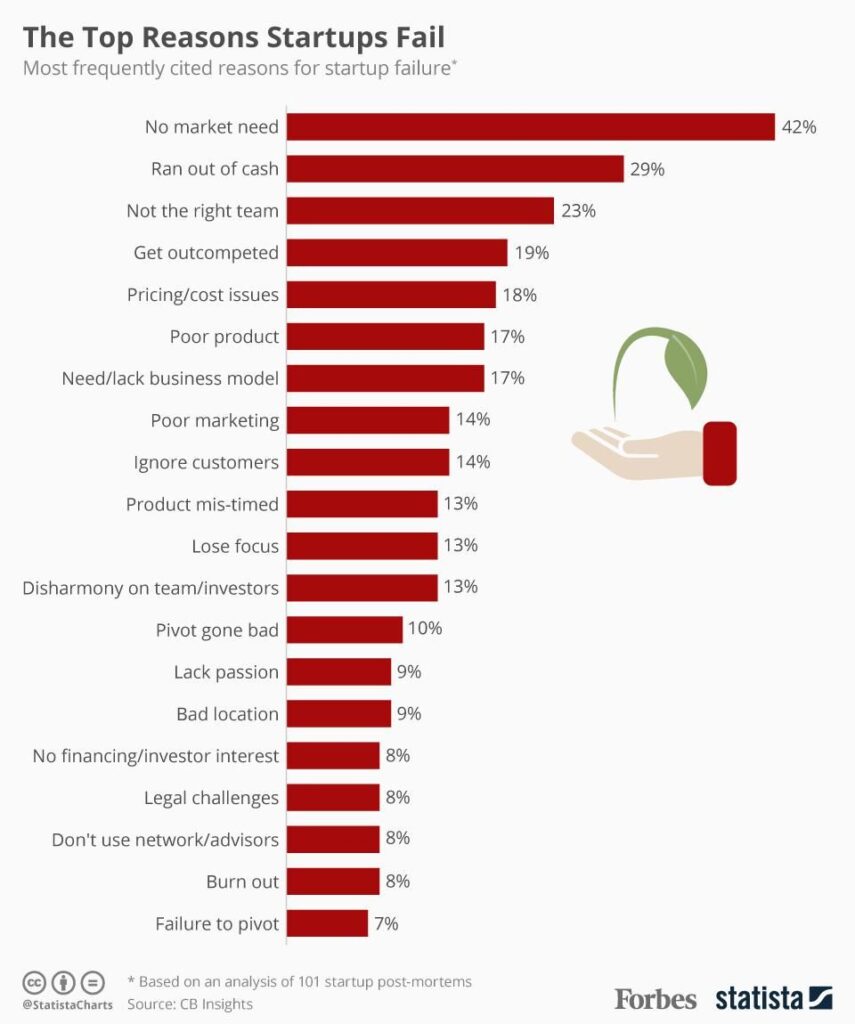All the large corporations we see today have started small with disruptive and huge potential ideas. And it requires money to execute these ideas to manifest into the great products and companies that we see.

Venture Capital
Venture capital is a private equity that invests in emerging startup companies. These startup companies may or may not have an operating history, but have a huge growth potential. High risk, high reward. Venture capital comes into play when traditional banking institutions, without a strong operating history, do not give loans.
Venture Capital Firms
Venture capital firms are companies that raise money from institutions or HNIs and invest in promising startups. They are composed of professional investors who have in-depth knowledge about building companies and funding them.
Venture capital firms typically invest in high-growth startups for equity. They earn from the returns made by the investee company from profits or from exits. Nine out of ten startups fail, so the VC firm has to make sure that the returns made from that one successful startup cover the investment made in all.
Benefits of venture capital
- Startups get the required capital to develop new products, scale their operations, hire talent, and expand the market.
- This fund is without the obligation to return the capital which is the case for a loan. As VC typically funds against equity shares, all the stakeholders grow together. But in case of failure, there is no obligation to repay the startup.
- VC brings with them a powerful network that can be useful for getting new clients, as well as help in further investment rounds. VCs bring their experience in strategy, marketing, technology, and legal which is helpful for startups.
- Venture capital firms can help in collaboration with companies operating in similar domains to consolidate the market.
- Venture capital can help startups to make successful exits like mergers & acquisitions, IPOs, and further rounds of investments.
The risk associated with venture capital
- Venture capital funding leads to a significant equity dilution in a startup and, hence, dilution in the control of the company to the founders. All the major decisions need to be approved by the board, unlike prior to the fundraiser when the founder has the freedom to make all the decisions.
- In cases where the founders and investors have a conflict of interest, conflicts can arise within the board which is a high risk for the company.
- Venture capital raising is a time-consuming and non-guarantee process. Startups may find it difficult to find the right balance between the continuation of operations and raising funds.







